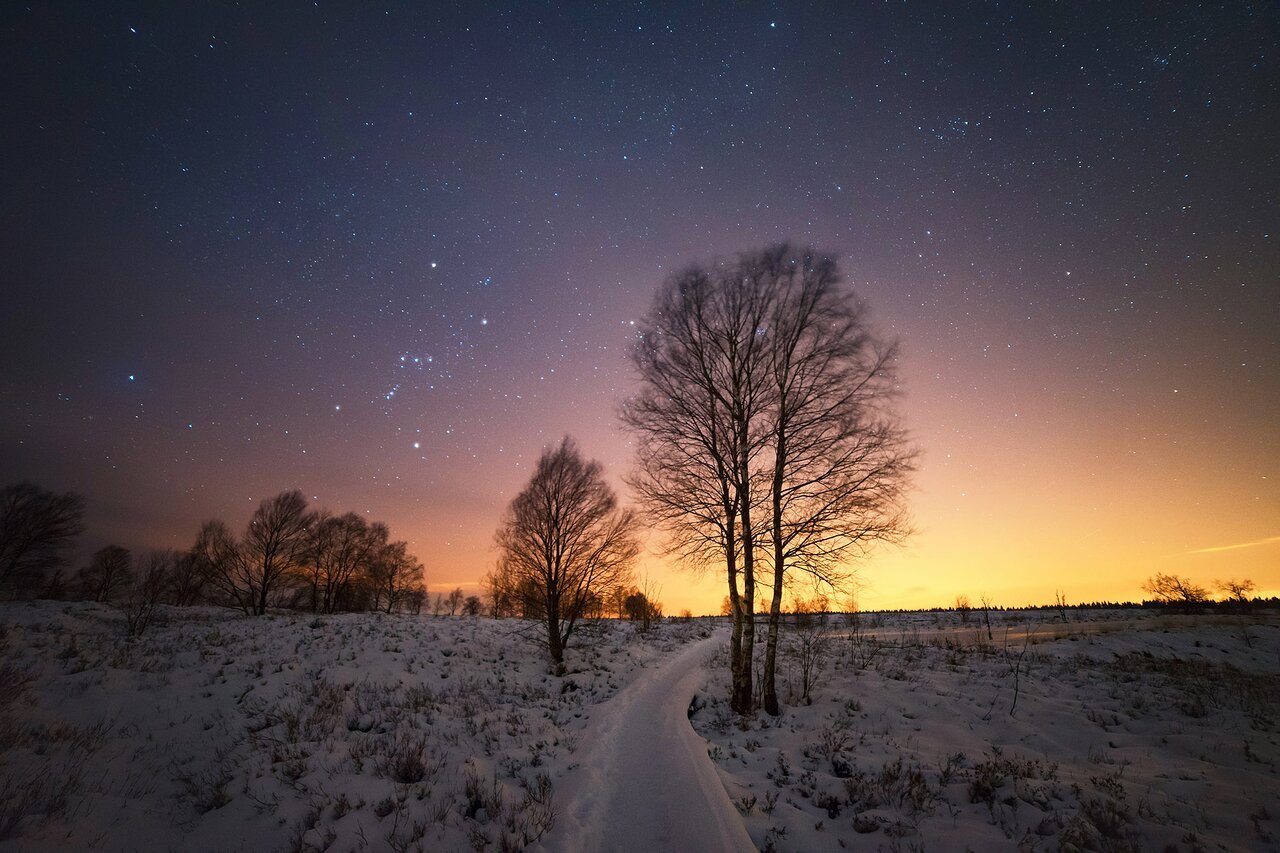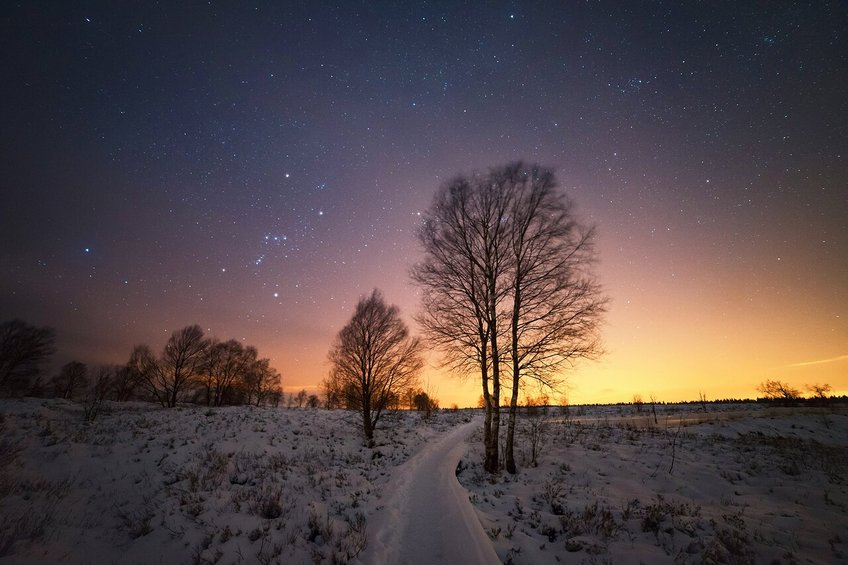IAU Office of Astronomy for Education Launches Second Astrophotography Contest
The Office of Astronomy for Education (OAE) is pleased to announce the second round of its astrophotography contest, in a joint endeavour with OAE Center Italy as co-sponsor. Following the success of the first contest, held last year, the OAE aims to increase its foundational collection of high-quality educational resources available to astronomy educators around the world.

First place in the 2021 IAU OAE Astrophotography Contest, category Light pollution, Starry Night over Eifel national park by Dong Han, China.
Astronomy is a powerful tool for engaging students and the general public in science thanks to its multidisciplinary characteristics and the relevant discussions it triggers, such as our cosmic origins and Earth as our home planet. It is therefore a potential gateway to science, technology, engineering, and mathematics (STEM subjects).
Are you an astrophotographer with an enthusiasm for astronomy education? If so, this contest is for you. Participants can submit images and videos in the following categories: still images of celestial patterns, and time-lapse videos of celestial patterns. The images and videos should be of patterns in the night sky that have cultural significance associated with them. These patterns are of many types and can include asterisms, constellations, dark constellations, dark spots, bright diffuse patterns, and single stars. You are free to consider both the constellations officially recognised by the IAU and also non-IAU-constellations. We particularly encourage you to submit photographs of both ancient and contemporary indigenous celestial patterns, from different cultures all over the world.
This year’s contest will run until 12 June 2022 at noon CET. Submissions will be evaluated by an international panel of astrophotographers and astronomy educators who will consider not only the aesthetic and technical qualities of the images, but also the educational value of each entry in the context of primary and secondary school teaching. In the educational context, it helps to present a constellation in a wide field with other nearby bright stars or constellations visible for reference. A picture may show more than one constellation and other celestial patterns.
The winning participants will receive cash prizes and their images will be made available as Open Educational Resources for teachers and learners worldwide. There will be three winning entries for the category of time-lapse videos of celestial patterns. Cash prizes of €750, €500 and €250 will be awarded for the first-, second-, and third-place entries respectively. For the category of still images of celestial patterns, up to 30 entries will be awarded a prize of €250 each. All winning entries will be published in the OAE’s astronomy education resources collection and the IAU Image Archive under a Creative Commons Attribution (CC BY) 4.0 International Licence (note that the photographers will still retain the copyright to their images). Moreover, participants are encouraged to allow us to publish their images and videos under a Creative Commons CC BY 4.0 licence even if they don’t receive a prize, as long as the images and videos are considered by the jury to be of high educational value.
For more information about the contest rules and the submission process, please visit the contest webpage.
More information
The IAU is the international astronomical organisation that brings together more than 12 000 active professional astronomers from more than 100 countries worldwide. Its mission is to promote and safeguard astronomy in all its aspects, including research, communication, education and development, through international cooperation. The IAU also serves as the internationally recognised authority for assigning designations to celestial bodies and the surface features on them. Founded in 1919, the IAU is the world's largest professional body for astronomers.
The IAU Office of Astronomy for Education is hosted at Haus der Astronomie (HdA), managed by the Max Planck Institute for Astronomy. The OAE’s mission is to support and coordinate astronomy education by astronomy researchers and educators, aimed at primary or secondary schools worldwide. HdA’s hosting the OAE was made possible through the support of the German foundations the Klaus Tschira Foundation and the Carl Zeiss Foundation.
The OAE is supported by a growing network of OAE Centers and OAE Nodes, collaborating to lead global projects developed within the network. The OAE Centers and Nodes are: the OAE Center China–Nanjing, hosted by the Beijing Planetarium (BJP); the OAE Center Cyprus, hosted by Cyprus Space Exploration Organization (CSEO); the OAE Center Egypt, hosted by the National Research Institute of Astronomy and Geophysics (NRIAG); the OAE Center India, hosted by the Inter-University Centre for Astronomy and Astrophysics (IUCAA); the OAE Center Italy, hosted by the National Institute for Astrophysics (INAF); the OAE Node Republic of Korea, hosted by the Korean Astronomical Society (KAS); the OAE Node Nepal, hosted by Nepal Astronomical Society (NASO).
Links
